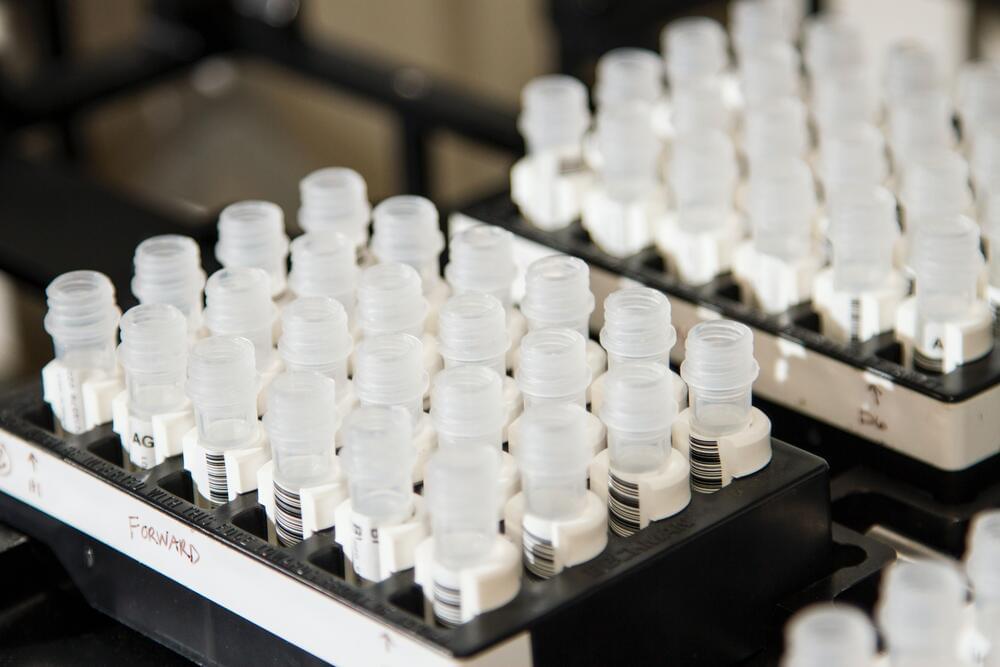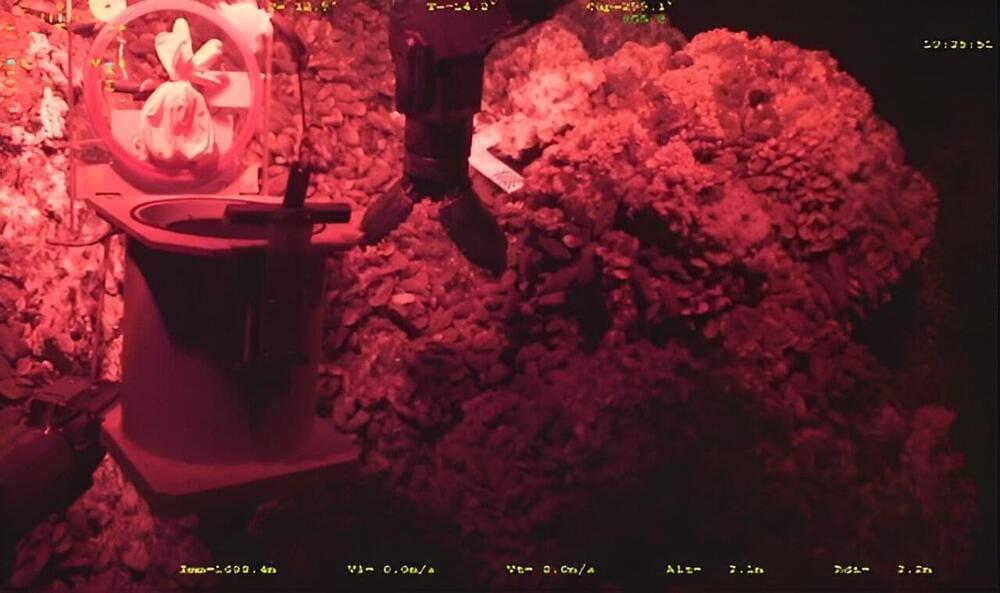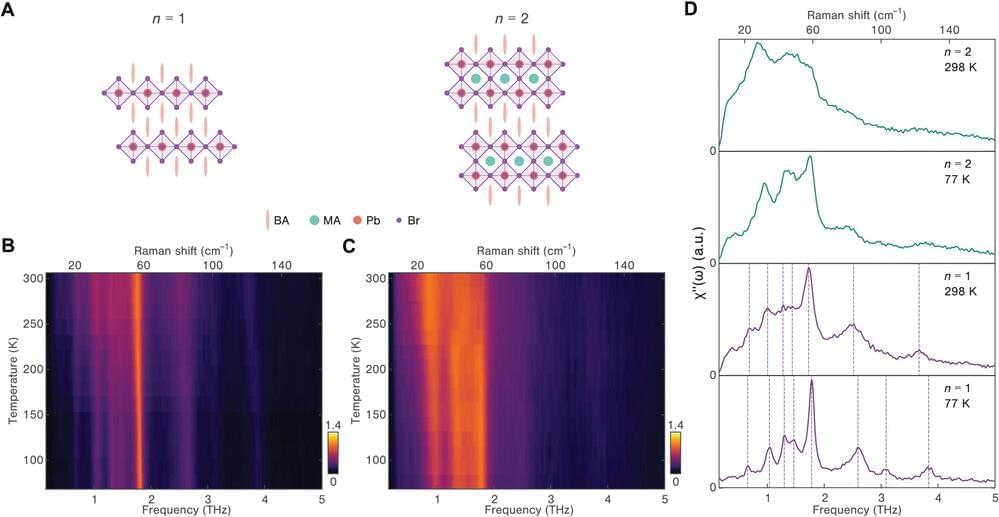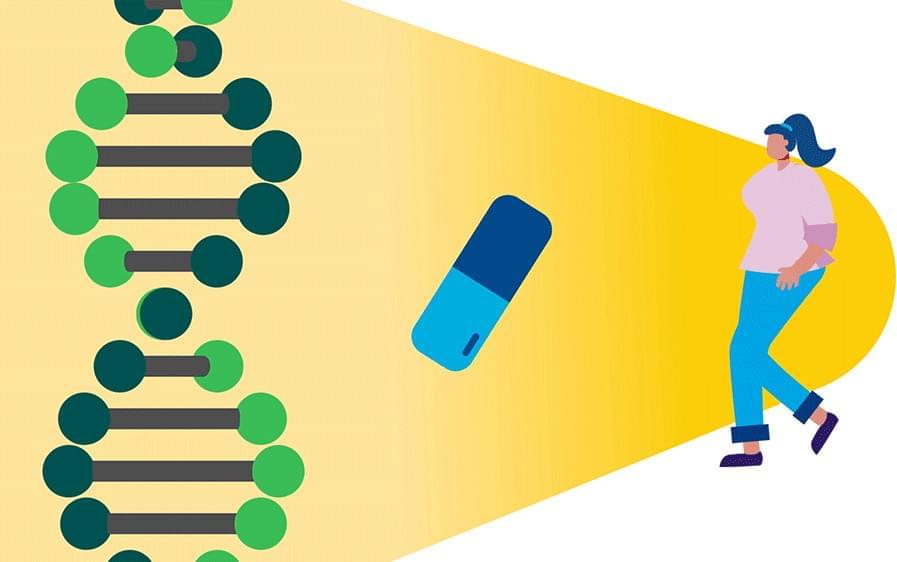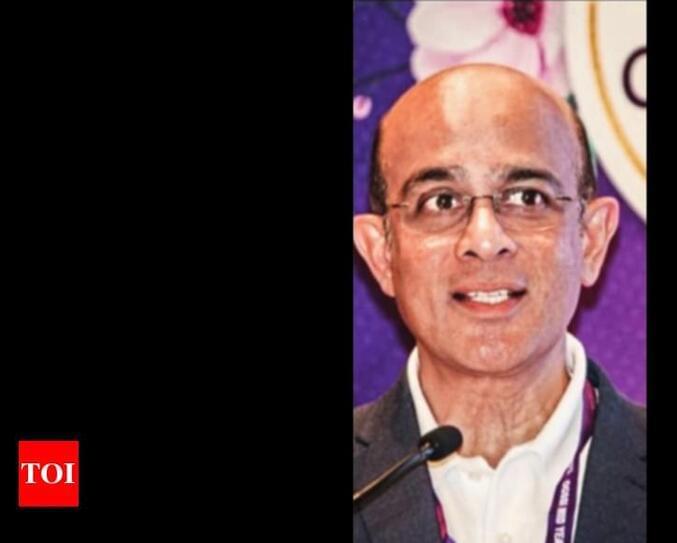In a recent study, Ji Won Seo and team found the outcomes of single-incision laparoscopic surgery (SILS) better than conventional laparoscopic surgery (CLS) for treating gastric gastrointestinal stromal tumors (GISTs). The findings of the study were published in BMC Surgery.
Between November 2020 and April 2022, a group of 15 consecutive patients with gastric GIST underwent single-incision gastric wedge resection, forming the SILS group. This group’s early perioperative outcomes were then meticulously analyzed and compared with a corresponding group of 15 patients who had undergone conventional laparoscopic surgery (CLS). The selection criteria for the surgical approach were consistent with those used for traditional laparoscopic procedures for gastric GIST.
The study’s findings revealed several significant insights. The estimated blood loss and intraoperative blood transfusion were comparable between the SILS and CLS groups, signifying similar surgical efficacy and safety. Notably, the SILS group experienced no intraoperative complications or instances requiring a shift to multiple-port or open surgery.


